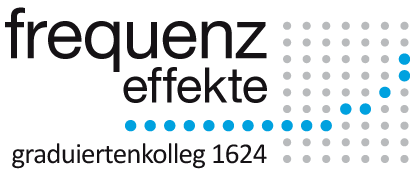Stephanie Horch (publiziert)
Conversion in Asian Englishes. A usage-based account of the emergence of new local norms
| 1. Supervisor | Prof. Dr. Dr. h. c. Christian Mair |
| 2. Supervisor | Prof. Dr. Martin Hilpert |
| Abstract | One aspect that has often been drawn on to explain the differences between varieties of English is the influence of substrata. While it remains undisputed that substratal influence is a powerful explanatory factor, its limits are equally obvious. In a preliminary analysis, drawing on data from the Corpus of Global Web-Based English (GloWbE), I could show that despite their shared substratum, Chinese, Hong Kong English (HKE) and Singapore English (SingE) show different preferences for morphemic vs non-morphemic word-formation processes. Whereas SingE showed a high frequency of demonyms such as the Chinese and the Singaporeans, HKE preferred compounded, more explicit variants such as Chinese people and Singapore(an) people, potentially modelling on the Chinese substrate. The question whether this finding is also applicable to the highly frequent word-formation process of conversion is the scope of the present study. |
| Disciplin | English Studies |
| Languages | English |
| Research Direction | language contact, New Englishes |


